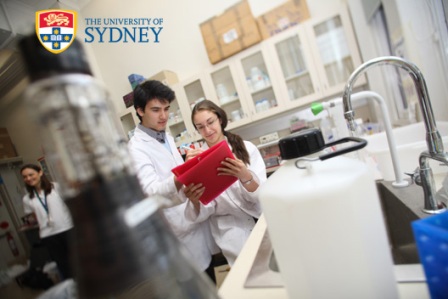McMaster and Sydney team up to reveal the cause of the plague
Modern science has solved a historical cold case by revealing that two of the world’s most devastating plagues, the Black Death and Plague of Justinian—each responsible for killing as many as half the people then in Europe—were caused by distinct versions of the same pathogen, Yersinia pestis.

The research, by an international collaboration of scientists including the University of Sydney, used miniscule DNA fragments from the 1500-year-old teeth of two victims of the Justinian plague, and produced the oldest pathogen genomes ever obtained.
The findings suggest new plagues could emerge in humans in the future.
“We discovered that the bacterium responsible for the Plague of Justinian, which jumped from rats to humans and killed many millions of people in the sixth century, faded out on its own,” said Professor Edward Holmes, from the University of Sydney‘s School of Biological Sciences and co-lead author of the study published recently in Lancet Infectious Disease. The findings not only give a new historical perspective, but could also lead to a better understanding of the dynamics of modern infectious disease.
The findings are dramatic because little has been known about the origins or cause of the enigmatic Justinian Plague, which helped bring an end to the Roman Empire, killing virtually half the world’s population as it spread across Asia, North Africa, Arabia and Europe.
The samples came from ancient plague victims buried in a small cemetery in the German town of Aschheim, who are believed to have died in the final stages of the epidemic when it reached southern Bavaria sometime between 541 and 543.
For this study, scientists reconstructed the oldest pathogen genome ever obtained and compared it to a database of Yersinia pestis genomes of more than a hundred contemporary strains.
They found that the Justinian outbreak was an evolutionary “dead end” and distinct from strains involved in the Black Death and other plague pandemics. A third pandemic, likely to be a descendant of the Black Death strain, started in Yunnan in China in 1855 and spread globally, killing more than 12 million people in China and India alone.
Dave Wagner, an associate professor in the Center for Microbial Genetics and Genomics at Northern Arizona University said, “We know the bacterium Y. pestis has jumped from rodents into humans throughout history, and rodent reservoirs of plague still exist today in many parts of the world. Fortunately we now have antibiotics that could be used to effectively treat plague, which lessens the chances of another large-scale human pandemic.”
Two unanswered questions remain: why was the Justinian Plague so remarkably virulent and what caused it to die out?
“This study raises intriguing questions about why a pathogen that was both so successful and so deadly died out. One testable possibility is that human populations evolved to become less susceptible,” said Professor Holmes.
Hendrik Poinar, associate professor and director of the McMaster Ancient DNA Centre and an investigator with the Michael G. DeGroote Institute for Infectious Disease Research, is co-lead author of the research.
The research was funded by in part by the Social Sciences and Humanities Research Council of Canada, Canada Research Chairs Program, US Department of Homeland Security, US National Institutes of Health, and the Australian National Health and Medical Research Council.
*

































Ask A Question
Ask us about your program of interest, or if you have a question about our services.
CONTACT US TODAY